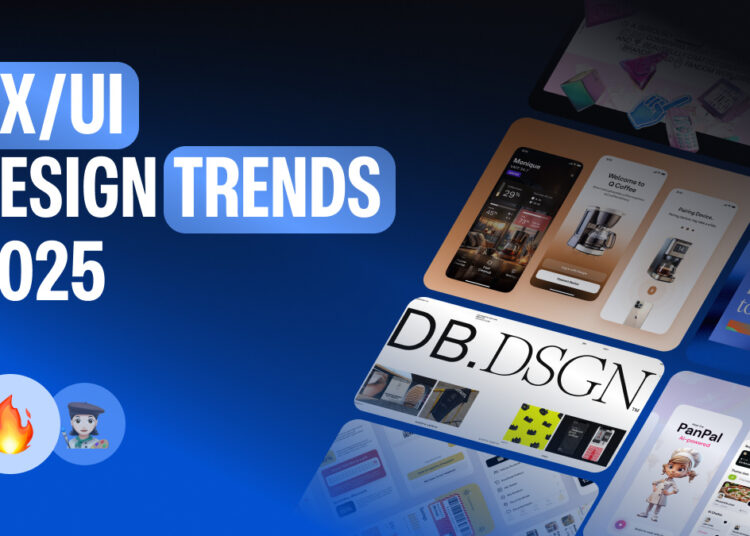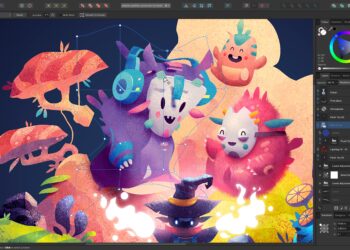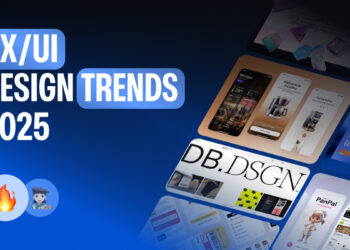image from: dev.family
In the fast-evolving digital advertising ecosystem, user interface (UI) and user experience (UX) design play a pivotal role in maximizing monetization. In 2025, the intersection of high-performing UI/UX and high CPM (Cost Per Mille) advertising is no longer a theory—it’s a proven formula. Especially in the U.S. market, where ad budgets are among the world’s highest, smart design can make or break your ad revenue.
This guide explores the leading UI/UX design trends in the U.S. that are proven to drive higher CPM, elevate user engagement, and align with the international best practices of SEO, accessibility, and monetization.
1. Hyper-Personalization Through AI and First-Party Data
With third-party cookies fading, U.S. advertisers are relying heavily on first-party data. In response, UI/UX must now deliver personalized experiences based on user behavior, location, session history, and intent.
Why It Matters for CPM:
- Personalized UX boosts engagement and CTR, directly increasing CPM rates in programmatic ad auctions.
- AI-based personalization keeps users on-site longer, increasing the number of ad impressions per session.
Tools to Implement: Adobe Sensei, Optimizely, Segment
2. Accessibility-First Design (WCAG 3.0 Compliance)
Accessibility is not just inclusive—it’s strategic. U.S.-based brands and publishers face increasing legal pressure to comply with WCAG standards. A highly accessible design expands audience reach and ad monetization potential.
Why It Matters for CPM:
- Accessibility expands your eligible audience, including users with disabilities.
- Google ranks accessible websites higher, which increases SEO and drives qualified, monetizable traffic.
Design Tips:
- Ensure keyboard navigation and screen reader compatibility.
- Use high-contrast color schemes and semantic HTML.
3. Immersive Ad-Friendly Layouts (Without Compromising UX)
Modern UI frameworks now support immersive, high-performing ad placements—like sticky video ads, scroll-triggered interstitials, and responsive native units—without disrupting the user journey.
Why It Matters for CPM:
- Premium placements such as outstream video or native units command higher CPMs.
- Clean, modular layouts reduce bounce rates while increasing ad viewability scores.
Best Practices:
- Use grid systems that reserve space for ads.
- Load ads lazily to prevent layout shifts (Core Web Vitals).
4. High-Speed Mobile Optimization
Mobile-first is no longer optional. Over 70% of U.S. web traffic in 2025 is mobile. UX/UI that prioritizes mobile speed, responsiveness, and interactivity directly correlates with better ad metrics.
Why It Matters for CPM:
- Mobile users convert better when experiences are fast and intuitive.
- Google rewards mobile-optimized pages with better rankings and ad performance.
Tools & Techniques: AMP, WebP images, CSS Grid, Core Web Vitals testing via PageSpeed Insights
5. Ethical Dark Mode and Adaptive UI
Dark mode is more than a trend—it’s a standard in user preference. In 2025, adaptive UIs that adjust to user OS-level preferences (light/dark) are linked to higher dwell times and better engagement.
Why It Matters for CPM:
- Lower bounce rates mean more ad exposure.
- Enhanced user comfort leads to longer sessions, increasing revenue potential.
Implementation Tip: Use CSS prefers-color-scheme and test across devices.
6. SEO-First Interface Architecture
A UI that’s SEO-optimized is monetization-optimized. Clean code structure, semantic HTML5, crawlable navigation, and schema markup are now essential components of UI design.
Why It Matters for CPM:
- Better organic visibility = higher traffic = higher ad inventory value.
- SEO-rich sites attract advertisers in high-intent niches like finance, tech, and healthcare.
What to Do:
- Integrate long-form, keyword-rich content into UI components.
- Implement structured data for articles, FAQs, and breadcrumbs.
7. UX for High-Intent Conversions
Designs that align with conversion psychology—such as simplified checkout flows, sticky CTAs, and visual cues—drive direct-response ad revenue and affiliate income.
Why It Matters for CPM:
- Conversion-optimized experiences attract high-bidding advertisers.
- Behavioral nudges (e.g., urgency badges, trust seals) increase monetizable actions.
Tactics:
- Use UX copywriting that speaks to benefits.
- Run A/B tests on layout, button labels, and color contrast.
Final Thoughts: Designing for Revenue in 2025
In the U.S. digital economy, where advertisers demand measurable ROI, UX/UI design is a frontline driver of monetization. By adopting these trends, brands and publishers can unlock higher CPMs, better engagement, and stronger SEO rankings.
Next Step: Conduct a UX audit to identify gaps in personalization, speed, accessibility, and ad integration. Start designing not just for users—but for performance.













